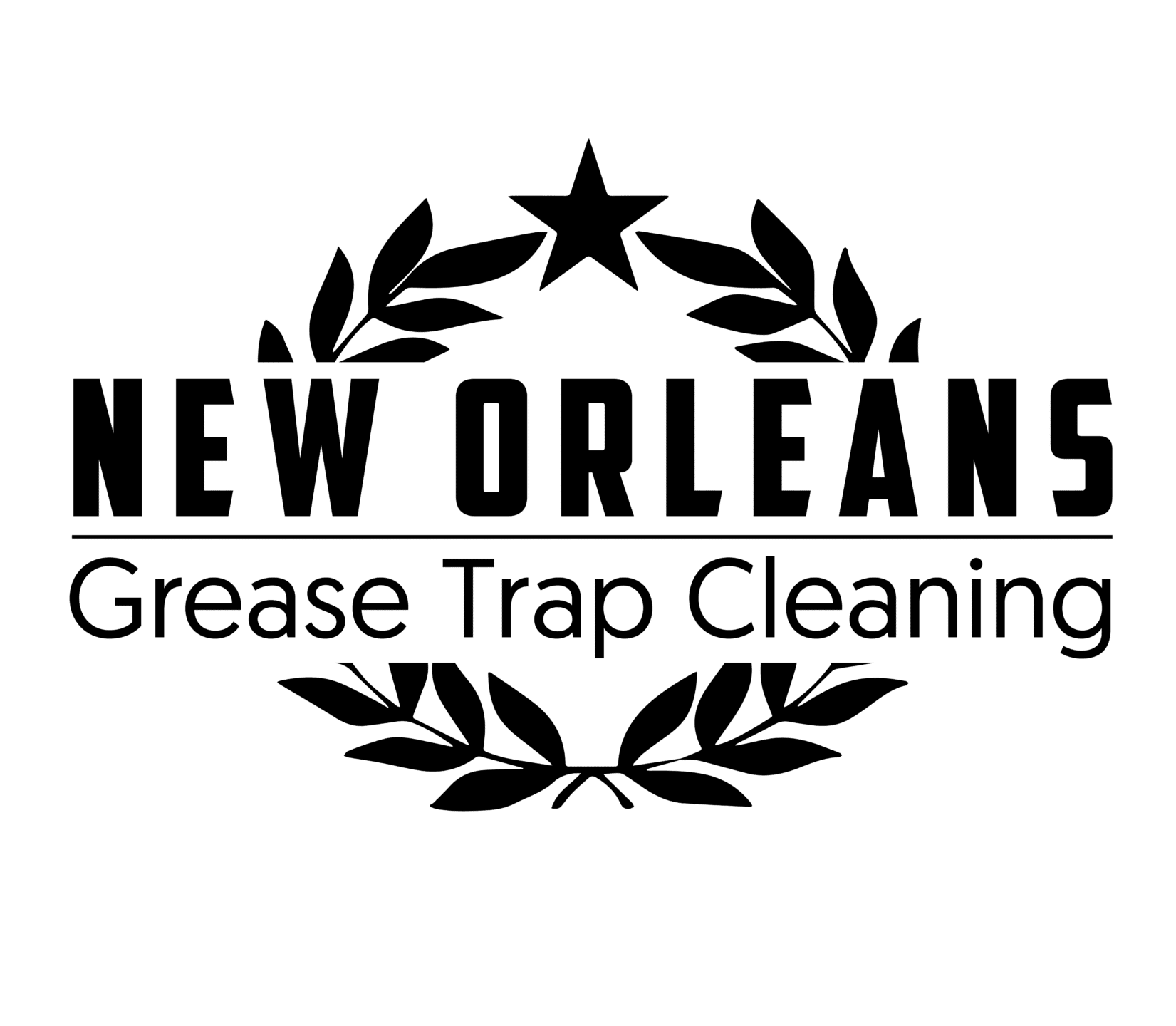Grease Trap Cleaning in New Orleans and Baton Rouge: An Essential Guide for Restaurant Owners, Managers, and Service Providers.
Introduction
In the busy world of the restaurant industry, maintaining a clean and efficient kitchen is paramount. One crucial aspect often overlooked is the regular maintenance and cleaning of grease traps. Grease traps and grease interceptors are devices designed to capture fats, oils, and grease (FOG) before they enter the public sewer and sanitary wastewater system. Proper cleaning and maintenance of grease traps are essential to prevent blockages, foul odors, and help to avoid compliance issues with health and safety guidelines. This short guide will delve into the importance of grease trap cleaning, the process involved, and best practices to ensure your kitchen’s plumbing and drainage system operates in a smooth and efficient manner.
Understanding Grease Traps
Grease traps are installed in commercial kitchens to intercept grease and solid food particles before it enters the sanitary sewerage system. They are mechanical in operation and work by slowing the flow of kitchen wastewater through a “trap” or tank. As wastewater flows into a grease trap it is slowed down by an internal baffle wall. This decrease in flow allows for trapped grease to settle on top of the ambient water line, while food solids sink to the bottom of the grease trap. After the grease and food solids waste is trapped, clean water is discharged into the sanitary sewer system.
The Importance of Grease Trap Cleaning
- Preventing Blockages and Backups. Regular grease trap cleaning is crucial to prevent blockages in the plumbing system. When grease accumulates and hardens, it can obstruct the flow of wastewater, leading to backups and potentially costly repairs. Blockages can disrupt kitchen operations, resulting in downtime and lost revenue.
- Compliance with Health and Safety Regulations. Health and safety regulations mandate regular maintenance of grease traps to ensure a sanitary wastewater system. Failure to comply can result in fines, closures, and damage to your restaurant’s internal plumbing system. Regular cleaning ensures that your establishment meets local health department standards and avoids costly plumbing issues.
- Preventing Foul Odors. Accumulated grease and food particles can produce unpleasant odors that permeate the kitchen and dining areas. Regular cleaning prevents the buildup of these materials, ensuring a pleasant environment for both staff and customers.
- Extending the Lifespan of Equipment. Regular maintenance of grease traps can extend the lifespan of your plumbing and drainage systems. By preventing blockages and backups, you reduce the strain on pipes and other infrastructure, leading to fewer repairs and replacements over time.
The Grease Trap Cleaning Process
Cleaning a grease trap involves several steps, each crucial to ensuring the trap functions optimally. While some restaurants may opt to hire professional services, understanding the process can help managers oversee and maintain a schedule for regular cleaning.
- Preparation and Safety. Before beginning the cleaning process, ensure you have the necessary tools and required protective gear. This typically includes a commercial vacuum hose truck with mounted pressure washer and jetting equipment, job specific PPE, and the necessary tools needed to safely complete the job.
- Locating and Opening the Grease Trap. Grease traps are usually located under a kitchen sink, in the floor of a commercial kitchen, or along the exterior perimeter of the building being serviced. Tools required to open a grease trap lid or manhole vary, and often include a wrench, flathead screwdriver, and various sized pry bars.
- Inspecting the Trap. Once the lid is removed, inspect the trap for the level of grease and solid waste. A sludge-judge or core sample tool is often used to sample the ratio of waste to water within a grease trap. This inspection helps determine the overall condition of the trap, and is reported on a manifest of record post service. Check for any signs of damage or wear that may need addressing prior to or post service, and relay this information to the customer.
- Removing the Grease and Solid Waste. Using a vacuum pump truck and suction hose, pump all waste and wastewater from the grease trap. When empty, use a long-handled scraper and pressure washer to properly clean the walls, baffle walls, floor, and internal piping of the trap.
- Checking the Clean-outs. Once the trap is emptied and washed out, check the inlet and outlet clean-outs to ensure there are no blockages. Clean-outs are access points into the inlet and outlet piping of the grease trap. There is often grease and food waste interior of the piping of the trap that can continue to cause issues post pump and wash down. So it’s always a good idea to check these post pump to ensure the drainage lines are free and clear to flow.
- Secure the Lid. Make sure the lid or manhole is securely placed post service.
- Provide a Manifest. Post service a completed waste hauler manifest record is normally required by a governing municipality.
Frequency of Grease Trap Cleaning
The frequency of grease trap cleaning depends on various factors including the size of the grease trap, kitchen volume, and local regulations and guidelines. As a general rule, grease traps are cleaned on a quarterly basis. However, we have found that to avoid plumbing issues, restaurants typically clean grease traps as follows (based on general sizes):
- Small Restaurants: Generally smaller under sink traps cleaned every month.
- Medium-Sized Restaurants: Usually 250 – 500 gallon grease traps cleaned every 6 to 8 weeks.
- Large Restaurants and High-Volume Kitchens: Can range in size from 500 – 3,000 gallons (or larger). These are generally cleaned every 4 to 12 weeks, or as needed to avoid an overage in FOG or discharge issue.
Best Practices for Grease Trap Maintenance
- Implement a Regular Cleaning Schedule. Establish a routine cleaning schedule based on the size and usage of your grease trap. Regular cleaning prevents excessive buildup and reduces the risk of blockages and foul odors.
- Train Staff on Proper Waste Disposal. Ensure kitchen staff are trained on the importance of proper grease disposal. Avoid pouring grease, oil, or food particles directly into sinks. When possible use strainers to catch solid food particles, and always dispose of used cooking oil in designated containers.
- Monitor Grease Levels. Regularly monitor the grease levels in the trap to determine when cleaning is necessary. Keeping a log of inspections and cleanings can help track patterns and adjust the cleaning schedule accordingly. If you think your trap needs attention, request your grease trap cleaning company evaluate your trap periodically to find your service sweet spot.
- Hire Professional Services. Hire a licensed and reputable grease trap cleaning company. As the saying goes, you get what you pay for.
- Stay Informed About Regulations. Stay up to date on local and state municipal regulations regarding grease trap cleaning and maintenance. Compliance ensures your restaurant operates legally and avoids penalties.
Grease Trap Cleaning Services
- Find the Right Service Provider. When selecting a grease trap cleaning service, consider factors such as experience, reputation, and adherence to local regulations. Look for providers with positive reviews and a track record of reliable service.
- Service Agreements and Regular Maintenance? Many providers offer service agreements that include regular maintenance schedules. These agreements can help ensure that your grease traps are cleaned consistently and professionally, reducing the risk of blockages and compliance issues.
- Emergency Services. In the event of a grease trap emergency, such as a severe blockage or overflow, having a reliable service provider on call can minimize downtime and prevent further damage.
In Summary
Maintaining a clean and well maintained grease trap is essential for the smooth operation of any restaurant. Regular cleaning and proper maintenance prevent blockages, ensure compliance with health regulations, and create a pleasant and odor free environment for staff and customers. By implementing best practices and staying informed about regulations, restaurant owners and managers can effectively manage their grease traps.
New Orleans Grease Trap Cleaning and Cooking Oil Recycling is a total service provider for grease trap maintenance and used cooking oil recycling in the greater Southeast Louisiana area.
New Orleans Grease Trap Cleaning and Cooking Oil Recycling
3436 Magazine St. #220
New Orleans, LA 70115
United States (US)
Call or Text: (504)919-6699
Email Direct: mike@neworleansgreasetrapcleaning.com
New Orleans Grease Trap Cleaning and Cooking Oil Recycling offers fairly priced grease trap and in-kitchen grease interceptor cleaning and used cooking oil recycling services to customers throughout Southeast Louisiana including New Orleans, Metairie, Kenner, the West Bank, the North Shore, LaPlace, Hammond, Raceland, Thibodaux, and Houma.


